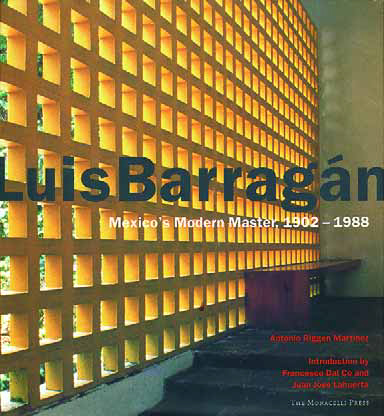influence
Sad to say, I will not be able to see this exhibition for myself. But if you live within striking distance of the New York Botanical Garden or have any plans to be anywhere near New York City between now and September 29, please do not fail to visit NYBG while "Brazilian Modern: The Living Art of Roberto Burle Marx" is up and running. This amazing event has
For the typical visitor, the newly-reopened Getty Villa is perhaps the most exquisite of all possible venues for viewing ancient works of art and craft - reason enough to plan a visit. For students of architecture and design, however, there's much more, particularly the opportunity to immerse yourself in the living, breathing environment of a classic Roman villa and its abundant amenities. The Getty Villa site encompasses 64 acres of a rugged canyon rising above the Pacific Ocean in Malibu, Calif., and was once home to oil tycoon J. Paul Getty. A fanatical collector of Greco-Roman antiquities, he dedicated part of his original ranch-style home as a public museum in 1954. By 1974, less than a year before his death, he had completed and opened the original Villa on another part of the estate, realizing his ambition of creating a public monument dedicated to the arts. The Villa's layout was inspired by the Villa dei Papiri, a first-century country house in Pompeii buried by the eruption of Mt. Vesuvius in 79 A.D. It was Getty's vision to display his collection in a setting evocative of its contents' historic origins and he realized it, but there were compromises: The spaces were crowded, and the works on display also included samples of paintings and craftworks of much more recent vintage - Renaissance masters, baroque furnishings and other distinctly non-classical artworks. The Villa closed in 1997 at about the same time the
A teacher I respect once told me that there's a fine line between research and plagiarism. He explained that using the ideas of others to construct your own creative expression is perfectly acceptable - desirable, in fact - and a practice that's been part of
There's a new wrinkle in this issue of WaterShapes. Just inside the back cover, you'll find "Book Notes," a brand-new column by landscape architect and watershape



















